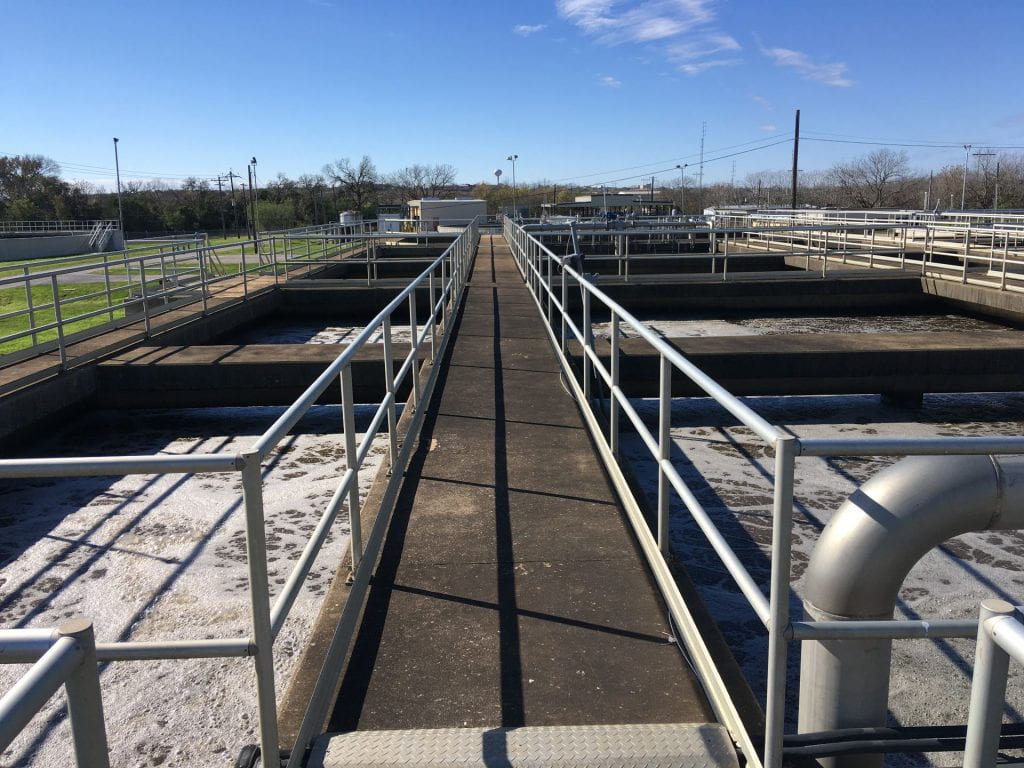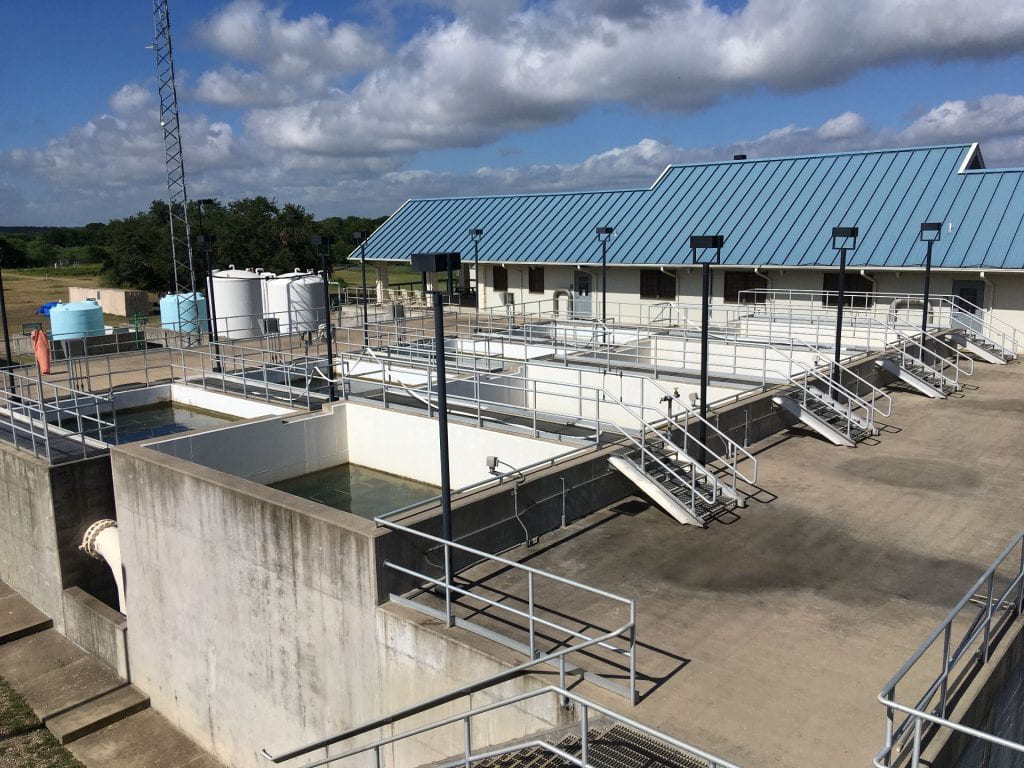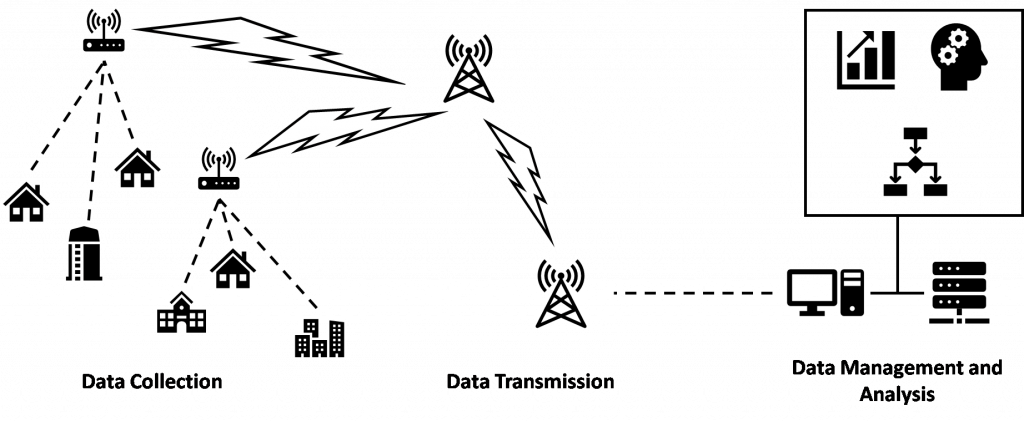We are working very closely with local utilities and industries to help solve their unique water resource engineering challenges. Dr. Ikehata has led or involved in more than 100 consulting-based applied research projects in the past 16 years to evaluate and optimize different combinations of treatment and management strategies for groundwater, surface water, recycled water, and storm water for many municipal and industrial partners in places like California, Arizona, Hawaii, Pennsylvania, West Virginia, Alberta (Canada), Middle East, China, and Japan. Examples of those projects include color removal, taste and odor, disinfection and disinfection by-products control (e.g., bromate, trihalomethanes, nitrosamines), biofiltrations, nuisance algae control, corrosion control, lake and reservoir water quality, heavy metals (e.g., arsenic, chromium, uranium, and selenium), volatile organic compound removal (e.g., 1,4-dioxane, chlorinated solvents, and MTBE), storm water management, agricultural and urban irrigation water quality, risk assessment, industrial wastewater treatment (e.g., food & beverage, oil and gas), and various new treatment technology evaluations. We are developing collaborative research programs with local utilities and industries in Central Texas to perform high-quality applied research that benefit the water and wastewater industry while providing undergraduate and graduate students excellent opportunities for hands-on experience in practical environmental engineering and science projects.
One of the important areas of research in this category is “Technology Enhanced Infrastructure (TEI)” for Water, which is the theme of Texas State University’s Civil Engineering Program. In the water and wastewater industry around the world, various “smart water” approaches have been adapted to improve the management of water supply networks, such as leak detection and minimization, residential metering, water quality monitoring, and energy management. Smart water approaches typically utilize advanced remote sensors/analyzers, such as advanced metering infrastructure (AMI), that collect real-time water usage and/or quality data, as well as wireless networks for data collection, followed by a data management and analysis software package. This approach is becoming increasingly popular because there is a potential for utilities and customers to save billions of dollars annually by reducing non-revenue water and optimizing and streamlining their operation and maintenance tasks.
Although some sorts of “smart water” technologies especially AMI and smart meters have been tested, implemented, and proven at many utilities, more research work is required to develop the truly “smart” technologies to optimize individual treatment processes at the water and wastewater treatment plants and the water quality within water distribution/wastewater collection systems to further optimize entire water and wastewater system operations, improve water quality, reduce operation and maintenance cost, and enhance customer experience and satisfaction. The development of affordable and reliable smart water infrastructure is particularly important because of the water scarcity due to the chronic drought and extreme weather and population growth which is the global phenomenon in the 21st century. Examples of the research topics include:
- Treatment process optimization
- Facility operation and maintenance optimization
- Optimization of water source selection and management based on the demand, cost and availability of each water source, water quality, weather, and other considerations
- Water quality optimization in water distribution systems (e.g., disinfection by-products, corrosion control, chlorine residual management)
- Water rate analysis and optimization
- Development of customer engagement online portal
Selected Publications
- Ikehata, K., Li, Y., Komor, A.T., and Gibson, G.W. (2018) Free chlorine disinfection of full-scale MBR effluent to achieve 5-log virus inactivation. Water Environment Research 90:7, 623-633, DOI: 10.2175/106143017X15131012153103.
- Ikehata, K., Wang-Staley, L., Qu, X., and Li, Y. (2016) Treatment of groundwater contaminated with 1,4-dioxane, tetrahydrofuran, and chlorinated volatile organic compounds using advanced oxidation processes. Ozone: Science and Engineering 38:6, 413-424, DOI 10.1080/01919512.2016.1198686.
- Anderson, M.A., Komor, A.K., and Ikehata, K. (2014) Flow routing with bottom withdrawal to improve water quality in Walnut Canyon Reservoir, California. Lake and Reservoir Management 30:2, 131-142, DOI: 10.1080/10402381.2014.898720.
- Ikehata, K., Wang, L., Nessl, M.B., Komor, A.T., Cooper, W.J., and McVicker R.R. (2013) Effect of ammonia and chloramine pretreatment during the ozonation of a colored groundwater with elevated bromide. Ozone: Science and Engineering 35:6, 438-447, https://doi.org/10.1080/01919512.2013.815105.





